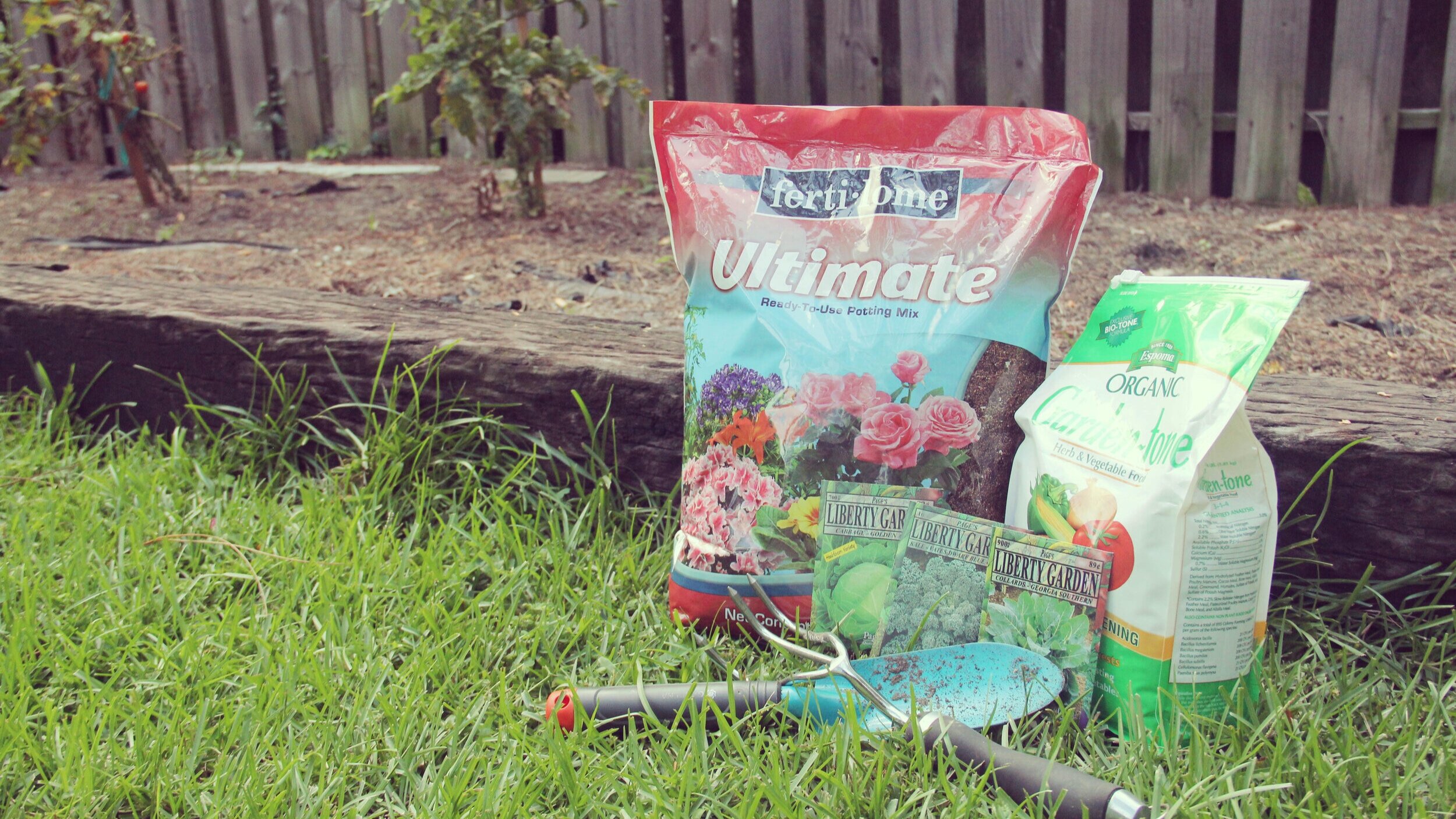Recently, I have had the pleasure of tasting the fruits of my labor. Let me explain. My husband and I planted tomato plants earlier this summer and they have been providing us with their deliciousness for a few weeks now. I can’t tell you how exciting it is to see something grow, and then to top it off, you get to eat it! I mean what is cooler than that? Maybe the fact that I am saving money in the process. What?! It only cost me $15 for my seeds, feed, and soil.
So now that I am on this “we need to plant all the veggies we eat in a garden” kick, I am starting to think about what I want to plant for my first ever fall garden. Maybe I will plant some cabbage, broccoli or even collard greens.
Even though the temperature here in Georgia is still warm, I know that the temperatures will soon be falling fast before I know it. In the next month, I plan on planting my fall garden, but before I embarked on this DIY, I did a little research and this is what I learned.
I hope this helps you start your fall garden so you will also be able to taste the fruits of your labor. Keep me updated and I will do the same! Just make sure you have permission from housing or your landlord before you start digging up your yard.
-
Decide what you would like to plant in your fall garden. For me this was a little tricky since I wanted to plant things that my husband I want to eat. Even though he isn’t a fan of broccoli, I have decided to plant it because my mom recently told me how we used to plant broccoli in our backyard as a kid. My sister and I were fascinated by it and we loved eating something we grew. You can start your veggies out as seedlings or buy potted plants that are ready to be planted.
-
Select where you want to put these bad boys. For me this was easy. In my new house, the previous owners had already sectioned off a part of our backyard that gets direct sun for a large portion of the day and then gets partial shade the rest of the day. I learned that most of my vegetables need 6-8 hours of sunlight.
-
This is the fun part…getting the tools you need for your garden! My shopping weakness isn’t for clothes, but for tools (I know, I am totally an oddball). Typically you will need hand tools like a hand trowel and cultivator, but if you are building or restoring a garden bed you may need a shovel, fork, and garden rake. Just remember that you can get some tools from your installation if it has a self-help store and some home improvement stores offer military discounts!
-
Next comes the time to prepare your soil. You want your soil to be moist (not soaking wet) and rich with nutrients. I am in the process of preparing my first vegetable garden (that contains more than one type of veggie) and have decided that I need to either build a raised bed or dig and add organic material to help improve my soil conditions. Then I can use my tools to help loosen the soil and add compost (if needed).
-
Once you have your soil situation sorted out, then you are ready to plant your vegetables. Who knew it took this many steps to actually get to the planting part? The work will be worth it! Read the labels of the plants to see how far apart and when they need to be planted or ask an assistant at your local nursery or garden store.
-
Maintaining your garden can be as easy as spending just a couple minutes a day looking over your plants to see if they are getting too much or too little water and getting rid of the weeds that pop up overnight. If you do this daily you are more likely to quickly notice if any pests or diseases are attacking your plants and quickly remedy the situation.
-
Last but certainly not least, you are able to harvest and enjoy the delicious produce from your hard work. Each plant has its own optimal times for harvesting, so consult your nursery or local garden store for help, or use this harvest guide. After that it is game on for you to eat up!!
Are you planting a fall garden this year? What are you growing?

